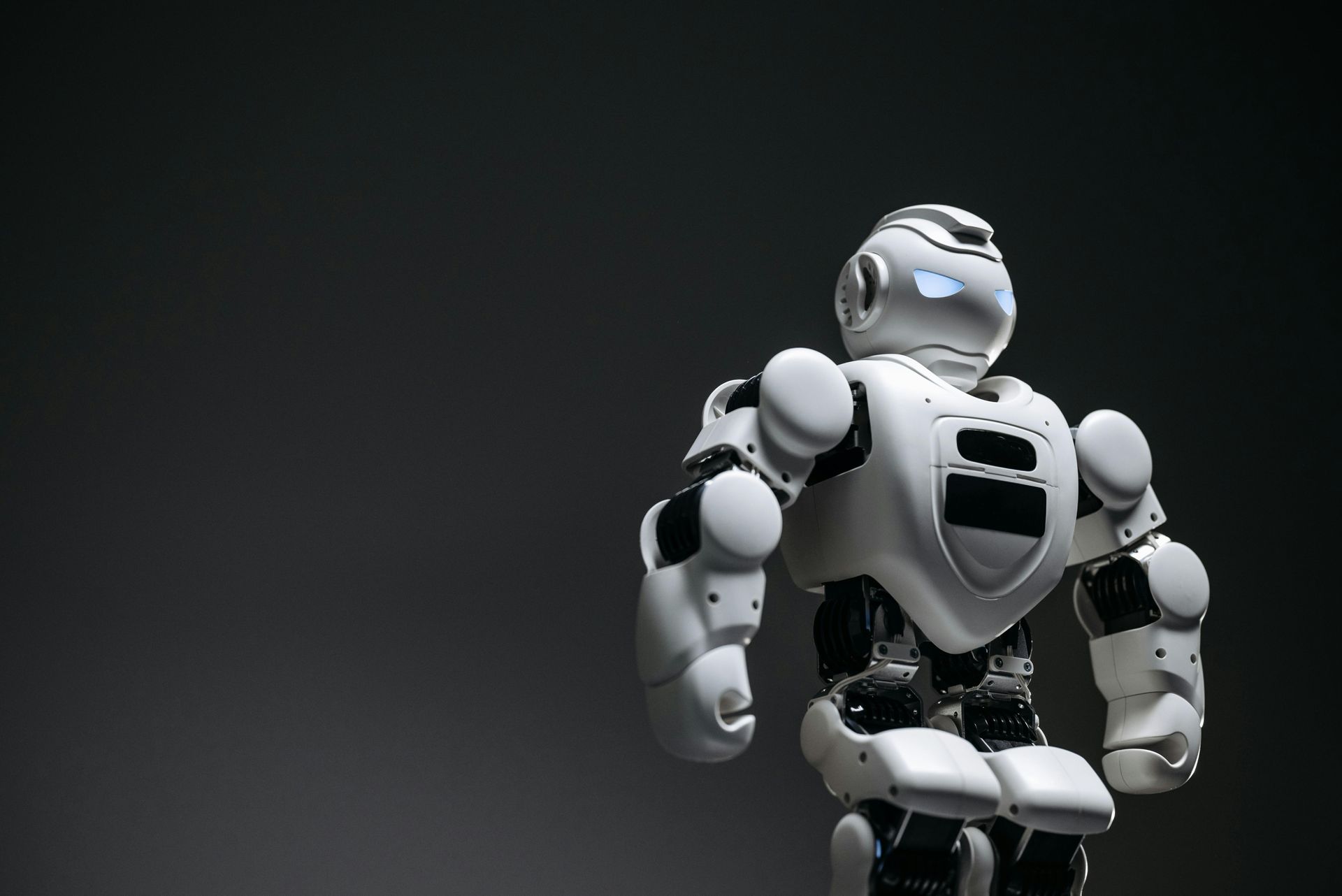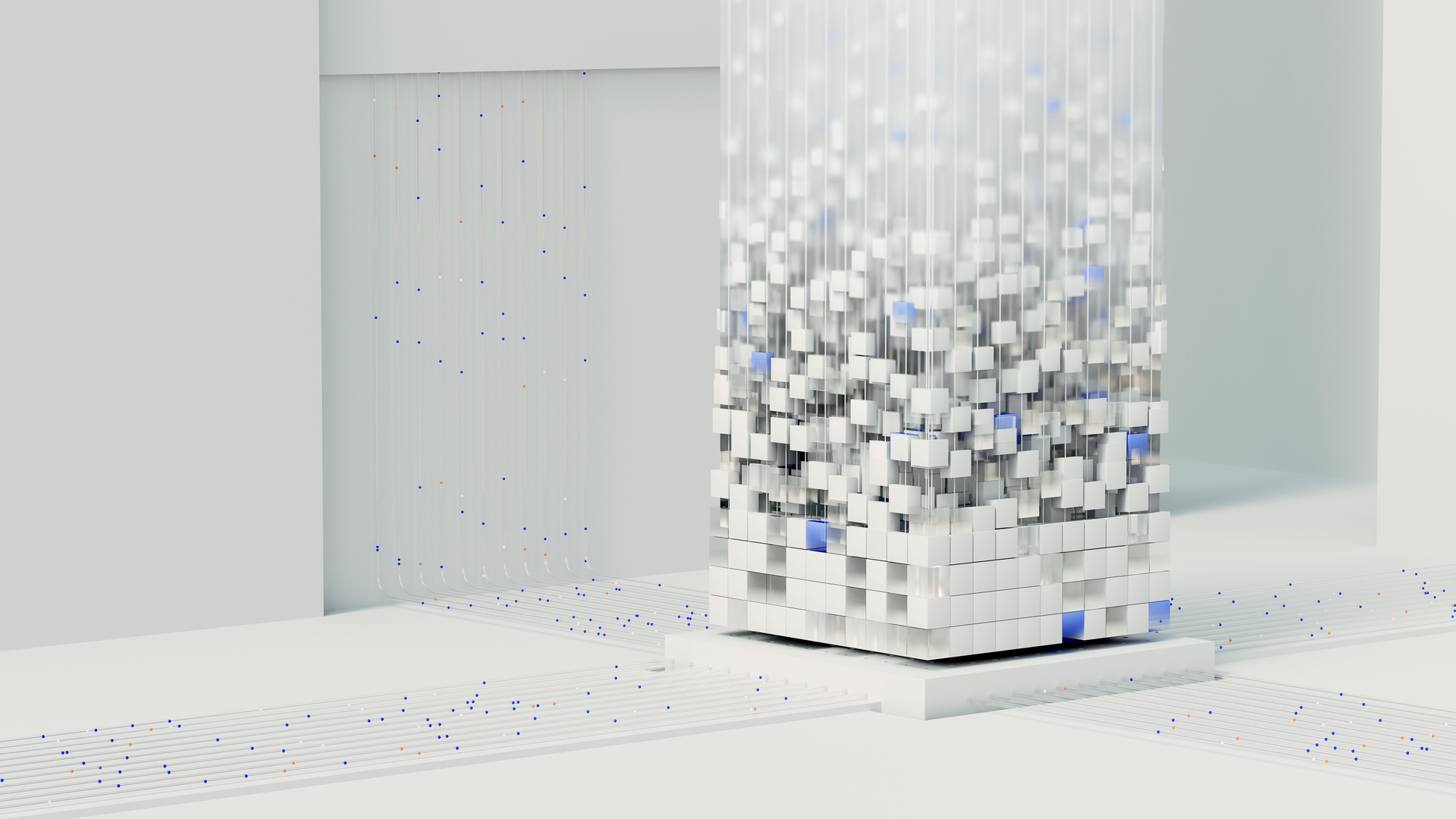Tesla Optimus Robot - Latest News 2025
What the 2025 Tesla Optimus Reveal Truly Means for the Robotics Industry

Meta Description: Tesla's latest Optimus prototype isn't just a new robot; it's a statement on manufacturing, AI, and scalability. We break down the technical specs, the unspoken challenges, and the real-world timeline.
Category: Humanoid Robots | AI & Machine Vision | Market Trends
![A sleek image of the 2025 Tesla Optimus robot performing a complex task in a lab setting. The Tesla logo is visible in the background.]
The 2025 iteration of the Tesla Optimus prototype demonstrates a new level of fluidity and environmental awareness. (Credit: Tesla)
The whispers have turned into a roar. At Tesla’s highly anticipated "Autonomy & Robotics" event last month, the curtain was pulled back on the latest generation of the Optimus humanoid robot. While the 2023 showcase was about proving basic mobility and the 2024 demo focused on simple tasks, the 2025 reveal was different. This wasn't just a robotics demo; it was a declaration of a viable product pathway.
At Robotex Blog, we’ve been dissecting the footage and the technical deep-dive. Here’s our analysis of what Tesla has truly achieved and what it means for the future of automation.
1. The Leap Forward: From "If" to "How"
The most significant announcement wasn't a new hardware spec, but a firm commercial timeline. Tesla stated that limited, internal production for its own factories will begin by the end of 2025, with a goal of external, select partner deployments in 2026. This moves Optimus from a research project to a pre-production asset.
The robot on stage demonstrated a suite of capabilities designed to silence skeptics:
- Advanced Bimanual Manipulation: Optimus didn’t just pick up an object; it performed a delicate, two-handed task—precisely assembling a small electronic component. This requires a level of coordination and force feedback that was previously the domain of highly specialized, stationary industrial arms.
- Unscripted Environment Interaction: In a key moment, the robot was asked to "tidy the workbench." It successfully identified scattered tools, classified them, and placed them in designated bins. This was not a pre-recorded sequence but a live demonstration of its neural networks processing an unstructured environment.
- Enhanced Locomotion and Recovery: The walk is more confident, the turning radius tighter. More impressively, when lightly nudged off-balance, the robot executed a series of small, rapid steps to recover stability, showcasing a dynamic balance system that is leagues ahead of earlier, rigid movements.
2. Under the Hood: The Brains and the Brawn
Tesla’s advantage has always been its vertical integration, and Optimus is the ultimate expression of this.
- The "Brain": Optimus is powered by a next-generation Dojo-trained neural network. The key breakthrough, as explained by Tesla's AI team, is the robot's ability to perform "cross-modal learning." It can learn a task from a combination of simulation, human demonstration (via VR), and passive video observation, dramatically accelerating its training cycle.
- The "Nervous System": The 2025 model features a new, proprietary tactile sensing suite in its fingers. While Tesla was coy on the exact specs, it allows the robot to gauge grip pressure to avoid crushing a delicate object—a critical skill for real-world deployment.
- The "Body": The actuator and battery efficiency have seen the most critical, albeit less flashy, improvements. Tesla claims a 40% increase in energy efficiency, allowing for a full 8-hour shift on a single charge for specific, pre-defined tasks. This is a monumental step towards economic viability.
3. The Robotex Analysis: The Promises and the Pitfalls
While the progress is undeniable, our engineering perspective identifies key hurdles that remain before widespread adoption.
- The Cost Equation: Tesla has yet to announce a price point. Industry analysts speculate that the current BOM (Bill of Materials) remains prohibitively high, likely in the high six-figures. The success of Optimus hinges on Tesla's ability to drive this cost down through mass manufacturing—a challenge they've faced with their vehicles.
- The "Edge Case" Problem: Tidy a known workbench? Excellent. Navigate a chaotic, dynamic warehouse during a shift change with people, forklifts, and fallen pallets? That's a different level of complexity. The real world is a gauntlet of unpredictable "edge cases" that the current AI may still struggle with.
- Safety Certification: Deploying a powerful, bipedal robot in a human workspace is a regulatory nightmare. Achieving the necessary safety certifications (like ISO 10218 for industrial robots) for a general-purpose humanoid will be a long and arduous process.
4. The Ripple Effect on the Industry
Tesla’s progress is a rising tide that lifts all boats in the humanoid robotics space. It validates the entire category, forcing competitors like Figure, Boston Dynamics (now part of Hyundai), and Apptronik to accelerate their own roadmaps. More importantly, it drives investment and talent into the sector, solving fundamental problems in actuation and AI that benefit everyone.


